A breakdown in mental health can be terrifying, both for the individual experiencing it as well as for their loved ones. Some mental health disorders don’t present until a person is well into their teens or even adulthood, which can be disorienting for all involved. Fortunately, help is available and can be very effective. Mental illness is treatable.
Mental health treatment centers are facilities that help people receive mental health treatment, including emotional and psychological disorders. Mental health treatment centers can be publicly run (by the government) or they can be private institutions.
Nearby Mental Health Rehab Centers
-
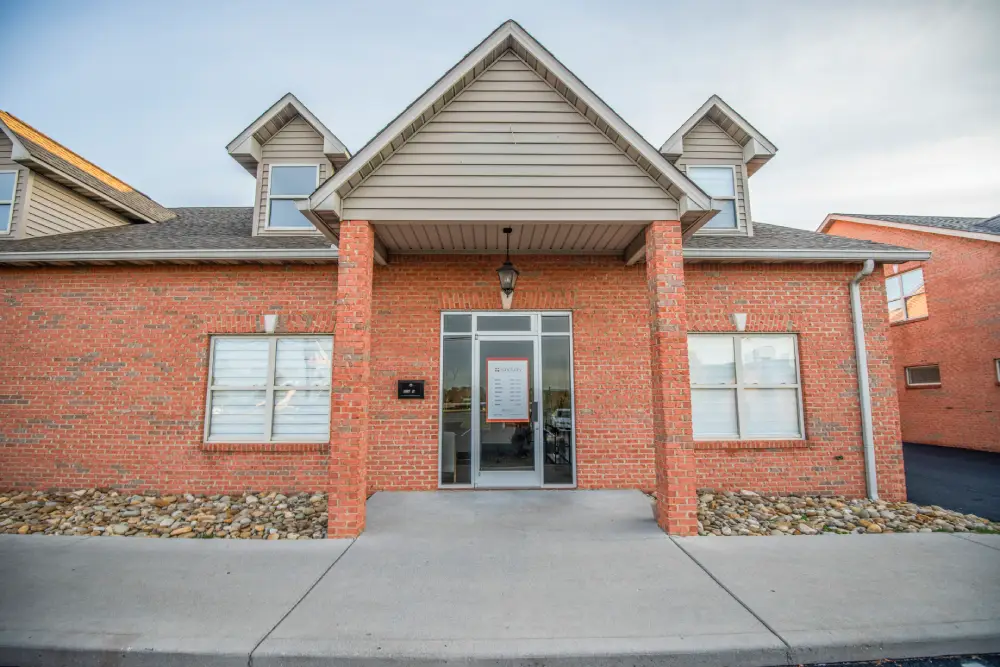 AdThis is an ad and Sanctuary Mental Health & Wellness is a paid advertiser. Paid advertisers may be listed first in search results. This ad may contain content provided by the advertiser. Rehab.com does not verify ad content or any reviews that are displayed. Learn MoreSeymour, Tennessee⸱378651Top 10 Rehab In Seymour
AdThis is an ad and Sanctuary Mental Health & Wellness is a paid advertiser. Paid advertisers may be listed first in search results. This ad may contain content provided by the advertiser. Rehab.com does not verify ad content or any reviews that are displayed. Learn MoreSeymour, Tennessee⸱378651Top 10 Rehab In Seymour -
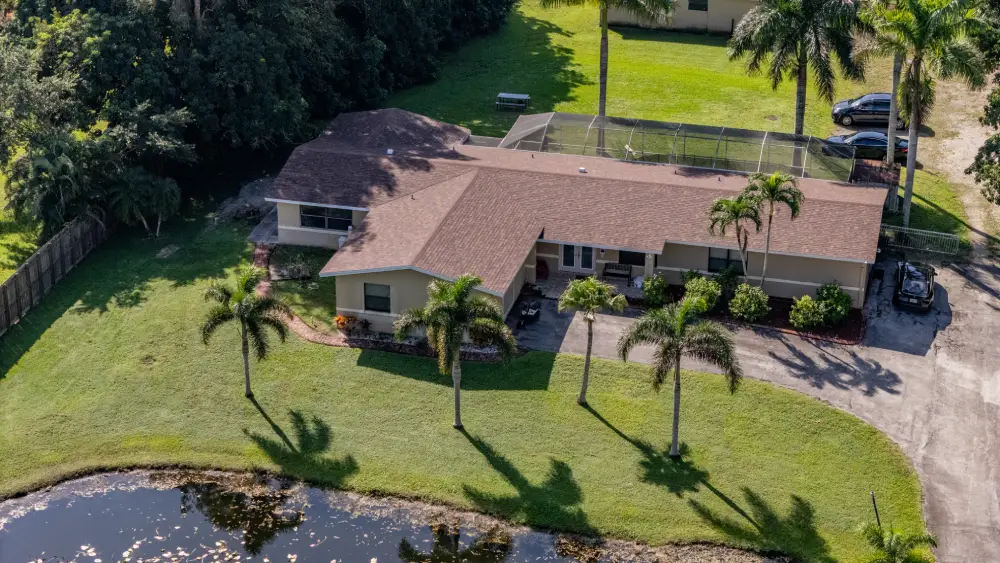 AdThis is an ad and Reign Residential Treatment Center is a paid advertiser. Paid advertisers may be listed first in search results. This ad may contain content provided by the advertiser. Rehab.com does not verify ad content or any reviews that are displayed. Learn MoreSouthwest Ranches, Florida⸱333301Top 10 Rehab In Southwest Ranches
AdThis is an ad and Reign Residential Treatment Center is a paid advertiser. Paid advertisers may be listed first in search results. This ad may contain content provided by the advertiser. Rehab.com does not verify ad content or any reviews that are displayed. Learn MoreSouthwest Ranches, Florida⸱333301Top 10 Rehab In Southwest Ranches -
 AdThis is an ad and Grand Falls Center for Recovery is a paid advertiser. Paid advertisers may be listed first in search results. This ad may contain content provided by the advertiser. Rehab.com does not verify ad content or any reviews that are displayed. Learn MoreJoplin, Missouri⸱648043Top 10 Rehab In Joplin
AdThis is an ad and Grand Falls Center for Recovery is a paid advertiser. Paid advertisers may be listed first in search results. This ad may contain content provided by the advertiser. Rehab.com does not verify ad content or any reviews that are displayed. Learn MoreJoplin, Missouri⸱648043Top 10 Rehab In Joplin -
 Cave Creek, Arizona⸱853311Top 10 Rehab In Arizona
Cave Creek, Arizona⸱853311Top 10 Rehab In Arizona -
 Wayne, Pennsylvania⸱190873Top 10 Rehab In Pennsylvania
Wayne, Pennsylvania⸱190873Top 10 Rehab In Pennsylvania -
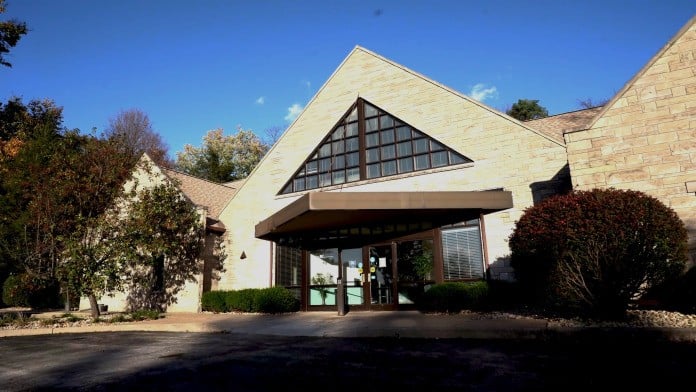 Bloomington, Indiana⸱474033Top 10 Rehab In Indiana
Bloomington, Indiana⸱474033Top 10 Rehab In Indiana -
 Tequesta, Florida⸱334691Top 10 Rehab In Tequesta
Tequesta, Florida⸱334691Top 10 Rehab In Tequesta -
 Southborough, Massachusetts⸱071124Top 10 Rehab In Massachusetts
Southborough, Massachusetts⸱071124Top 10 Rehab In Massachusetts
What do mental health treatment centers treat?
In any given year, an estimated 26.2% of those 18 and older — about 1 in 4 adults — suffer from a diagnosable mental disorder in the United States alone. It’s also not uncommon for people to suffer from more than one mental disorder at a given time. For example, depressive illnesses tend to co-occur with anxiety disorders.
Mental health disorders come in a range of forms, and can only truly be diagnosed by a mental health professional. Mental health treatment centers cover all manner of emotional and psychological disorders, including, but not limited to:
- Anxiety Disorders
- ADHD (Attention Deficit/Hyperactivity Disorder)
- Autism Spectrum Disorders (including what was formerly known as Asperger’s)
- Bipolar Disorder
- Depression
- Dissociative Identity Disorder (formerly Multiple Personality Disorder)
- Eating Disorders (anorexia nervosa, bulimia nervosa)
- Borderline Personality Disorder
- Narcissistic Personality Disorder
- OCD (Obsessive-Compulsive Disorder)
- Panic Disorder
- PTSD (Post-Traumatic Stress Disorder
- Schizophrenia
- Social Phobias
Most mental health disorders and other emotional and psychological issues are treated with a combination of therapy and prescription medications, including antidepressants and anti-anxiety medications. With professional help, some of those suffering from mental health disorders can see real improvement in just a few weeks.
How does a mental health treatment center work?
Some mental health treatment centers are public, meaning they are run by the government or community to which they belong. Others are private facilities. Staff associated with mental health treatment centers include a range of professionals such as social workers, counselors, psychiatrists, psychologists, and case workers.
Public mental health treatment centers
Public mental health treatment centers are often community or county mental health centers. These institutions offer public mental health care services when someone is unable to receive treatment from a private therapist or physician. They’re designed to meet the needs of those whose mental health issues seriously impact their everyday life. Services included at such institutions include:
- Case management
- Outpatient services
- Medication management
- In-depth community treatment services
Many mental health centers also have emergency walk-in services and mobile crisis units staffed by clinicians trained at evaluating mental health conditions in the field. Both services exist to de-escalate situations as quickly as possible, stabilize the person in question, and decide on the appropriate next course of action.
Private mental health treatment centers offer many of the same treatment options but are privately run.
How much does mental health treatment cost?
The cost of mental health treatment varies according to treatment facility, length of stay, nature of the treatment, and what kind of insurance a person has.
Many of those who receive services from a community or county mental health treatment center use Medicaid to pay for treatment or rely on Social Security disability benefits.
The Affordable Care Act also ensures that a number of health plans are required to cover benefits that include mental health treatment as well as treatment for substance abuse (these often go together). Thus insurance can often cover some or a substantial amount of mental health treatment, depending on the insurance and facility.
What happens at a mental health treatment center?
Some facilities offer inpatient mental health treatment (aka residential), meaning patients live on-site and all their needs are taken care of within the facility. Room, board, medications, therapy, and other forms of treatment are included. Others offer outpatient mental health treatment, where a patient continues to live at home while receiving mental health treatment.
Mental health residential treatment has a number of advantages. For those suffering from severe mental illness, residential facilities have 24/7 care available, meaning they can monitor and treat patients at any time, handling symptoms much more quickly than outpatient treatment.
For those going through the initial diagnosis phase, residential treatment also allows for the array of testing required for an accurate diagnosis. In addition, for patients who require assistance when it comes to properly balancing drug regimes, close monitoring can help determine correct dosage levels as well as handle negative reactions in short order.
Finally, if a patient is experiencing an acute episode of serious mental illness, hospital staff can both assess and help them recover better if they are in residence. This can help both the patient and their family manage better (i.e. the family can allow trained professionals to take over rather than trying to handle it on their own).
Mental health treatment plan goals and objectives
Both inpatient and outpatient mental health treatment centers typically offer a mental health treatment plan that includes a combination of both therapy and medication to help stabilize and heal.
The basis of much mental health therapy is cognitive behavioral therapies like Cognitive Behavioral Therapy (CBT) and Dialectical Behavioral Therapy (DBT). In addition to these, mental health therapeutic treatments can include:
- Psychoeducation: This involves educating both the patient as well as family members on strategies to help cope and live with mental illness
- Support groups: These are meetings of people in similar situations who support one another and help each member work on their mental health issues in a safe and supportive setting
- ECT (Electroconvulsive therapy): This is normally reserved for those suffering from a severe mental illness. It involves controlled electric shocks to a person’s brain, with the goal of activating neurons and stimulating shifts in brain chemistry
- Health and wellness therapy: Nutrition can have a substantial impact on one’s health, including mental health. Often used alongside other therapeutic modalities, health and wellness therapy can reinforce the efficacy of other treatments by increasing total body health
Medications also play an important role in a treatment plan for someone with a mental health disorder. They can help break down typical barriers to mental health treatment. For example, a medicine might lessen the effects of depression, making it possible for that patient to then focus on psychotherapy, leading to more profound and lasting change.
Common medications for those recovering from mental health conditions include antidepressants, antipsychotic medications, anti-anxiety medications, and mood stabilizers. Research shows that medicines are often much more effective when combined with therapy.
What happens after leaving a mental health treatment center?
Leaving a mental health treatment center is not the “end” of recovery. For those with mental health disorders, mental stability is an ongoing process. It often involves continuing to attend support groups, as well as consistent therapy and medication. Millions of people with mental health conditions who receive treatment go on to live long, full, productive, and joyful lives. Professional treatment, alongside a firm desire and commitment to get better, can lead to just that.
Addiction Centers That Treat Mental Health
| Name / Address / Rating | Description | Treatments / Payments / Programs | Review / Contact | Images | |
|---|---|---|---|---|---|
Purposes RecoveryAd This is an ad and Purposes Recovery is a paid advertiser. Paid advertisers may be listed first in search results. This ad may contain content provided by the advertiser. Rehab.com does not verify ad content or any reviews that are displayed. Learn More 7239 Kentwood Ave
Los Angeles, CA 90045
| Nestled in the heart of Los Angeles with sweeping views and easy access to LAX, our luxury substance abuse treatment center offers an exceptional healing experience in a serene, upscale setting. We specialize in comprehensive, evidence-based care with a full continuum of services, including medical detox, residential treatment, and aftercare planni | Treatments Programs Payment Options | View Website (352) 706-8237 | Purposes Recovery has no reviews yet. Leave a review.
| 
15 15 



|
3010 E Cloud Rd
Cave Creek, AZ 85331
| Soberman’s Estate, located in Cave Creek, Arizona, is an alcohol and drug rehab center that provides addiction treatment services to adult men, professionals, and public figures. They are a discrete, luxury rehab for individuals aged 30 to 80 years old. This location caps their treatment center at ten men at a time. Soberman’s Estate, located i | Treatments Programs Payment Options | Soberman’s estate saved my life and the staff was tremendously amazing. I deeply appreciate their commitment to assisting individuals battling with depression and other addictions. Thank you Brady, Trish, Janice, Jody, Allen and the entire staff.
Japhet Niyizigama
3 months ago
My partner spent 9 weeks here last fall. Having tried other inpatient and outpatient programs, I can say that Soberman’s truly helped him discover what life was worth living for. The staff and the care they provide are top-notch. I think this place truly saved his life. From a family perspective, I really appreciated how they included me and others in his family in his care. The family support calls and the ability to do family therapy sessions helped me understand his journey better, but to also understand my role in all of this. Overall, I can’t recommend Soberman’s enough; we are grateful to be a part of their community!
Jenny Martin
4 months ago
Soberman’s Estate was everything I needed for my recovery. The staff, the program, physical activity and culinary experience were top notch and essential. The program is well designed and works better than I expected. My time there and being removed from alcohol for five weeks was everything I needed to remove my craving for alcohol. Soberman has changed my life in ways I never could have imagined.
George B.
4 months ago
| 
5 5 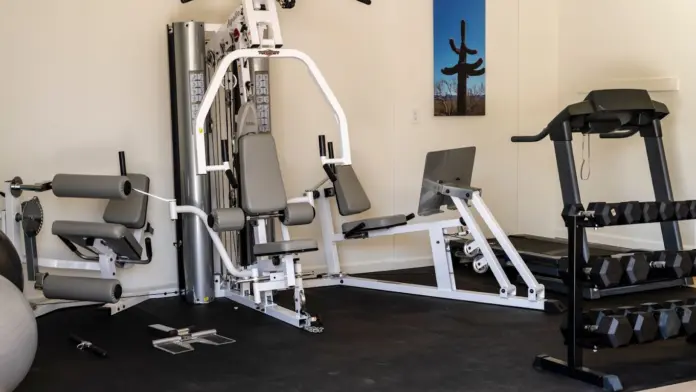
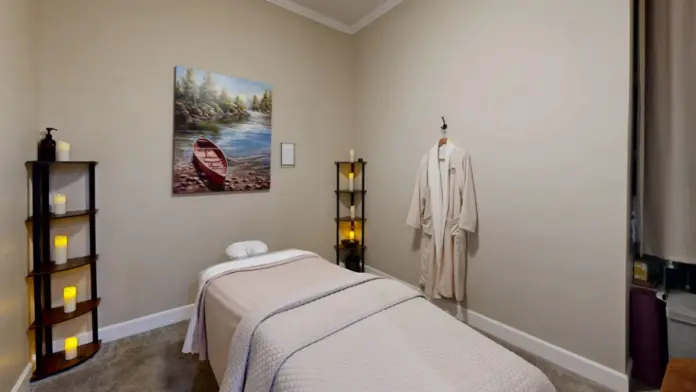


| |
489 Devon Park Dr
Suite 306
Wayne, PA 19087
| Provive Wellness is a leading provider of mental health and substance abuse programming. Our healing center is open to all individuals on a life changing path to personal wellness. Utilizing a comprehensive treatment model based on a person-centered approach, our treatment team will tailor a plan of recovery that addresses the mind, body, and spiri | Treatments Programs Payment Options | Was recently at the provive office and my experience was phenomenal! The office was immaculate and I had a chance to talk with Noel and it was an absolute pleasure. He is extremely passionate about helping anyone that has any substance abuse or mental health issues. Amazing experience overall!
John Ballard
2 weeks ago
I’ve seen firsthand how much heart and care the team at Provive Wellness puts into their work. The staff is warm, professional, and truly committed to helping people heal. Highly recommend to anyone seeking support for mental health or addiction.
Dov Breuer
1 month ago
Noel is the man! What an incredible experience!
Anthony Portillo
1 month ago
| 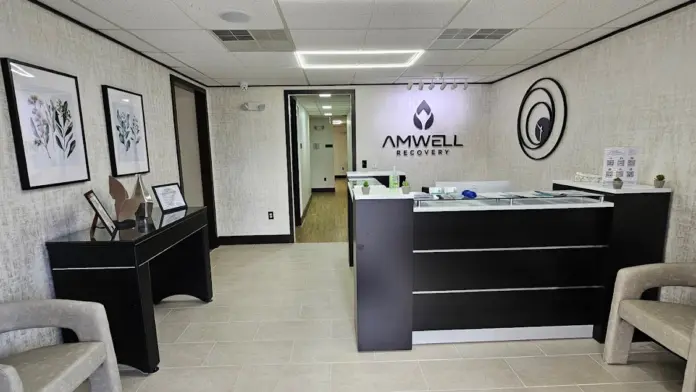
5 5 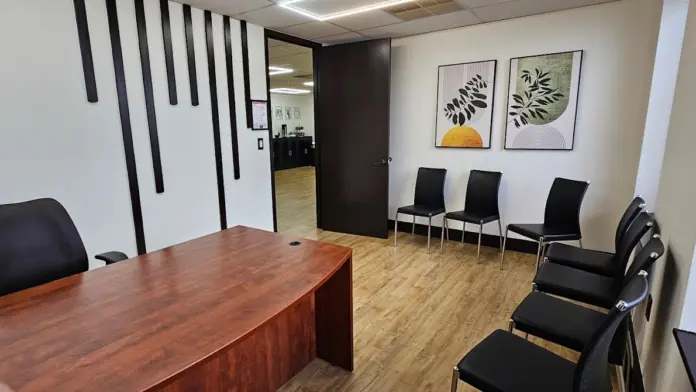
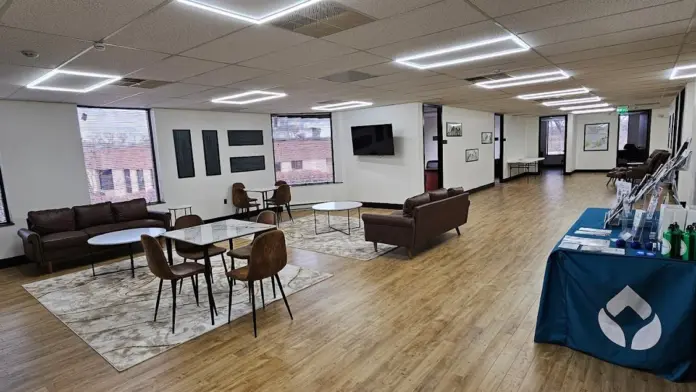
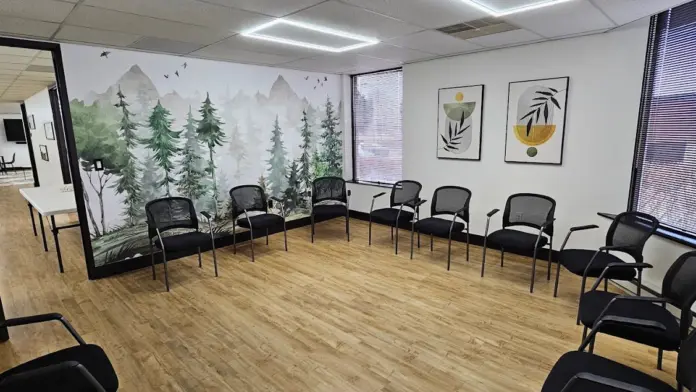

| |
1004 W First Street
Bloomington, IN 47403
| Indiana Center for Recovery has a reputation for the most advanced addiction and mental health care in the state — covered by insurance and backed by hundreds of positive reviews. Many innovative therapies here go beyond what’s available at other treatment centers (including GeneSight Testing to tailor medications based on genetics not guesswor | Treatments Programs Payment Options | Caitlyn was awesome. I had a wonderful hete at ICFR. THANKS TO ALL
John Kendall
2 weeks ago
My experience at ICFR Bloomington, has far exceeded my expectations! The campus is beautiful, you can actually be outside in nature while walking to classes. The facilities are very clean and well maintained. There is snack foods available 24/7, with three hot meals daily. They have everything you need while you’re here, if you forget anything at home. Pack like you’re on vacation! This is not a typical facility, as they offer much more freedom and actual apartments to live in. The programs they offer are amazing too! I learned so much more in my time here than anywhere else I’ve been.
Thank you ICFR!!
Ashley Vincent
3 weeks ago
Wonderful place and the rec center is awesome!! I especially love the staff.
Devon Hall
1 month ago
| 
12 12 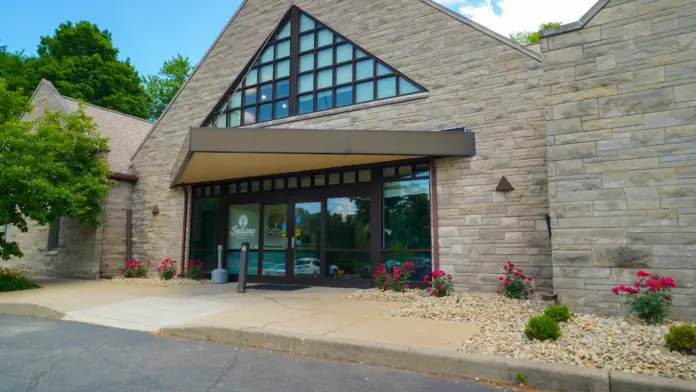
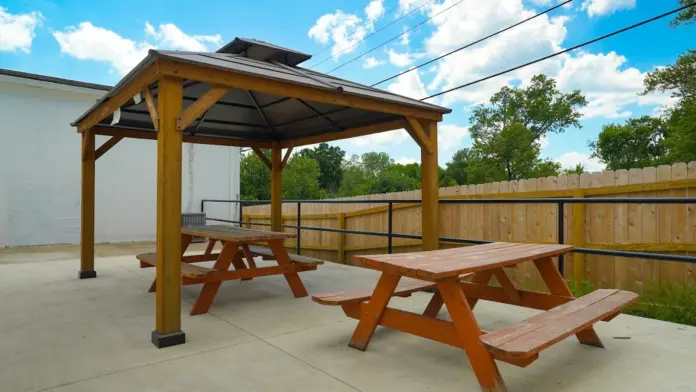
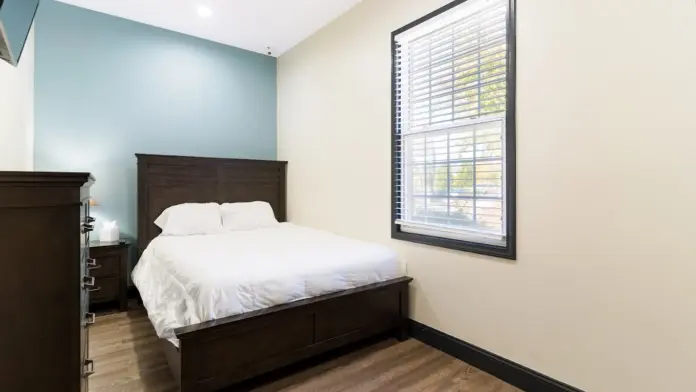
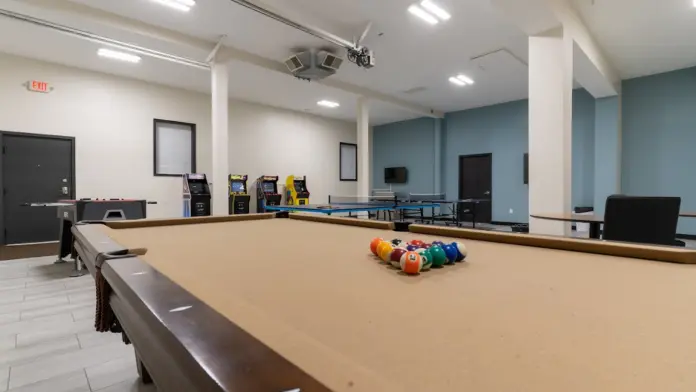
| |
Grand Falls Center for RecoveryAd This is an ad and Grand Falls Center for Recovery is a paid advertiser. Paid advertisers may be listed first in search results. This ad may contain content provided by the advertiser. Rehab.com does not verify ad content or any reviews that are displayed. Learn More 5615 W 32nd St
Joplin, MO 64804
| Grand Falls Recovery, located in Joplin, Missouri is a private alcohol and drug rehab that offers treatment for a variety of substance abuse addictions including alcoholism, co-occurring mental health disorders, and opiate addiction. They offer supervised medical treatment to safely manage withdrawal symptoms during detoxification, residential care | Treatments Programs Payment Options | View Website (417) 981-3348 | Grand Falls saved my life. EVERY member of the staff made me feel welcomed and special. I was given the tools l need to fight my addiction and live my life to the fullest. The facility is top rate! The food, the care, just every thing is awesome. I almost did not want to leave.
Cindy Silvernail
3 weeks ago
Grandfalls really helped me after a rough time. They jump started my recovery with coping skills and a great support team. If your looking for help I highly recommend Grandfalls.
Jesse Capps
3 weeks ago
Grand falls recovery was a great place for me after a relapse to get sober and back on the road to recovery. Staff is amazing here!
Kali
4 weeks ago
| 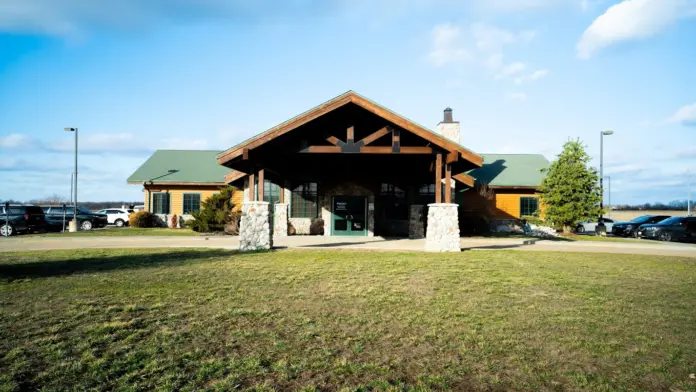
8 8 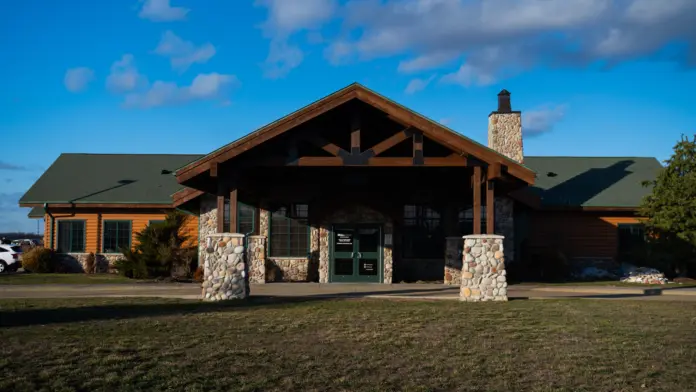
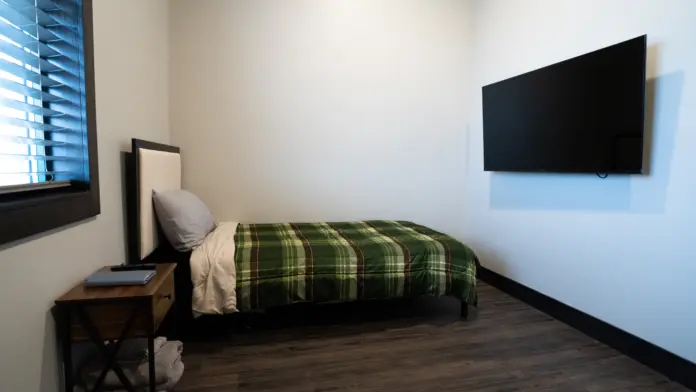
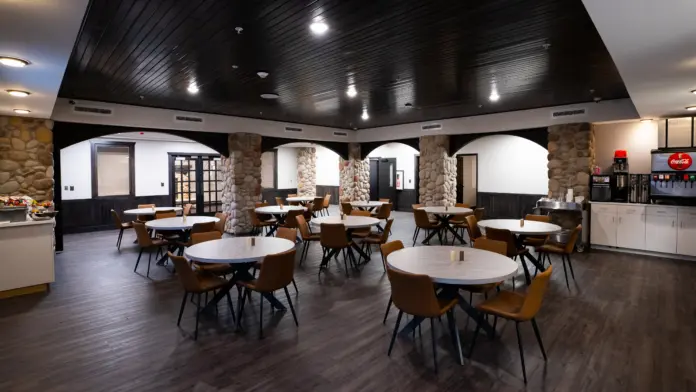
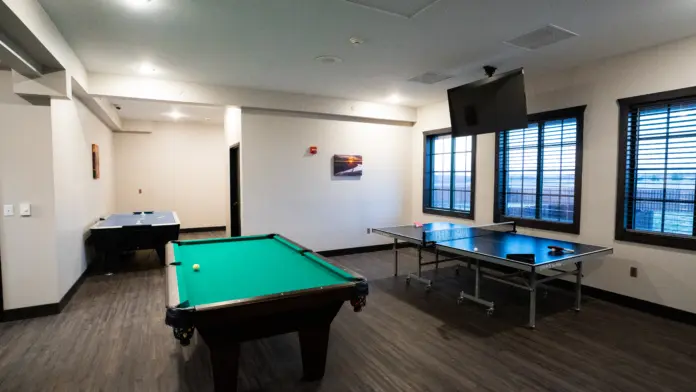
|
701 North Old Dixie Highway
Tequesta, FL 33469
| For any adults struggling with addiction and living in the Tequesta area of Florida, you can find help at Futures Recovery Healthcare. They have specialized services for people struggling with drug and alcohol addictions or maintaining sobriety. Their levels of care include medication assisted detox (MAT), residential treatment (IP), intensive outp | Treatments Programs Payment Options | I ended up at Futures last October and must say it was a life changing experience. The therapists and staff went above and beyond to help me through my journey of recovery. In addition which amazes me they have an alumni group and alumni events and I will get frequent calls just to check in on me. I am forever grateful.
Andy Kayworth
3 weeks ago
Futures is truly life changing. The staff is very professional and supportive. They work with you while going through some tough times. Future’s program is great. I learned so much about myself which is what is at the core of recovery. The staff made sure I was comfortable throughout my stay as well. They all really show how much they care. The staff is also very knowledgeable and will go out of their way to meet with you and answer questions. They feel like a second family to me know. I would highly recommend using them if and when needed. Thanks!
Liam Sullivan
3 weeks ago
A dear friend found himself and his life again. They were there when he needed them most. They gave him the tools he needed to process his past and learn to live again. The staff and program helped him heal himself, realize he had value and worth, and guided him toward being the most productive, joyful and kind person he could be. Truly transformative. Grateful for Futures.
Kimberly Brya
4 weeks ago
| 
4 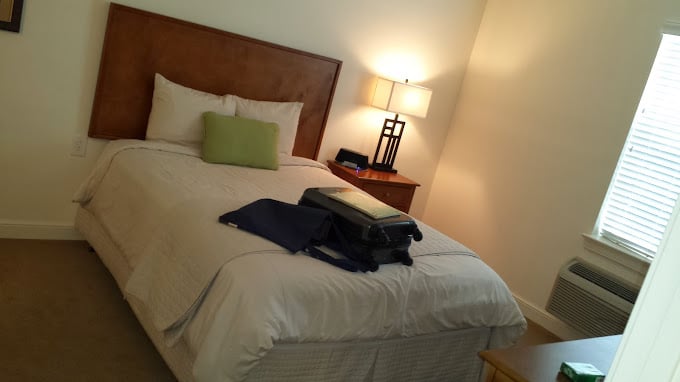



| |
120 Turnpike Road
Suite 110
Southborough, MA 07112
| Paramount Recovery Centers is a comprehensive outpatient treatment center in Southborough, Massachusetts. If you’re on your recovery journey and you’ve finished residential rehab or you’re looking for an alternative to residential rehab then the multiple levels of outpatient treatment here could be the answer. Paramount Recovery Centers is a | Treatments Programs Payment Options | I struggled with drug addiction for 20 years. Could never break the cycle where I lived in Alabama 37 yrs of my life. I was out of options. My insurance found Paramount Recovery Centers in Massachusetts. I got ahold of them and they started the process to get me up here. They was a true blessing. Helped pay for my plane tickets and got me up here. I went thru 6 months of PHP program and then outpatient. Everyone from intake coordinators to councilors and all way up to program directors ALL helped me any way they possibly could. And thru this program I found hope again. I couldn t have done it without their help and am forever grateful for Paramount Recovery Centers. I stayed in their men s sober houses for 2 yrs now and am a manager at another one now. I highly recommend Paramount for anyone struggling with alcohol or drug addiction. Even mental health issues too. They are truly a leader in the recovery community here in Massachusetts.
Patrick Marshall
3 months ago
I attended Paramount recovery program in February of 2023. I found it to be a life-changing experience thanks to all of the amazing clinicians and staff that work there. I would highly recommend this program to anyone that is struggling with addiction.
trevor sand
3 months ago
My cousin has struggled with addiction for most of his adult life. He s been to countless rehabs, tried meditation and even hypnosis to get over his issues with substances. It wasn t until he joined Paramount Recovery Centers PHP that he actually began to embrace sobriety as his new norm. You see, what my cousin never had was a sense of community, and that is exactly what Paramount provided. It was clear from the moment I dropped him off with the clinical staff that he was going to be in good hands. Without Paramount my cousin may be in jail or even worse, deceased. We will always remember Paramount as the place that saved his life.
Alyssa Wesley
6 months ago
| 
11 11 

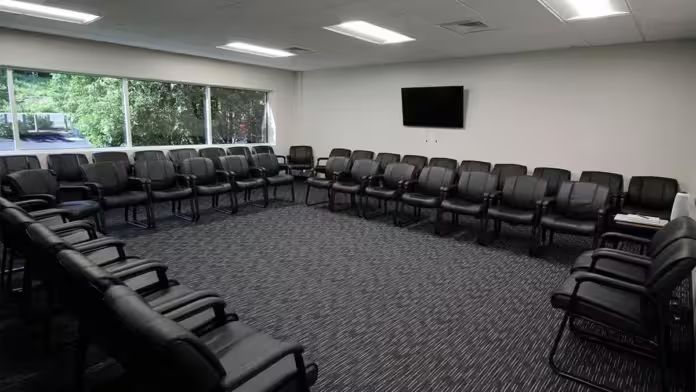
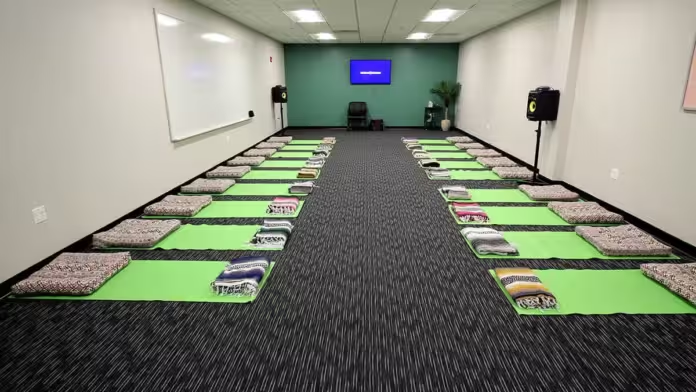
| |
9201 Montgomery Boulevard
Building 5
Albuquerque, NM 87111
| Turning Point Recovery Center is an Albuquerque, New Mexico drug rehab facility. They offer many levels of care from detox and residential treatment to recovery housing and alumni services. They accept clients who have co-occurring mental health disorders. New Mexico’s leading recovery center dedicated to helping individuals recover from subs | Treatments Programs Payment Options | The best place to work for. The level of care that TPRC instills in their employees and also fostering their growth is tremendous. So many good things to day about TPRC.
resistent injun
2 months ago
Hands down one of the best places for recovery. Lots of support from peers and support workers and amenities focused around recovery and wellness
Jarod Fisher
2 months ago
I have been to rehab before but nothing compares to Turing Point Recovery. I have actually learned alot here and am hopeful for my future. staff was amazing, there was not one person at turning point that i didint think was helpful in my recovery. i highly suggest this program if you really want a better life for yourself if i could give more stars i would … thank you turning point for giving me a second chance at life!
Elijah Dimas
3 months ago
| 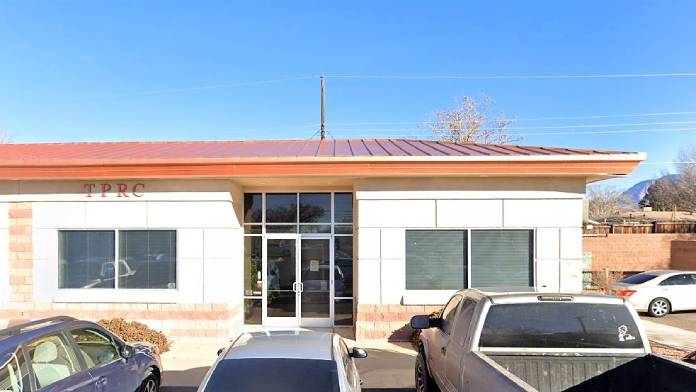
15 15 
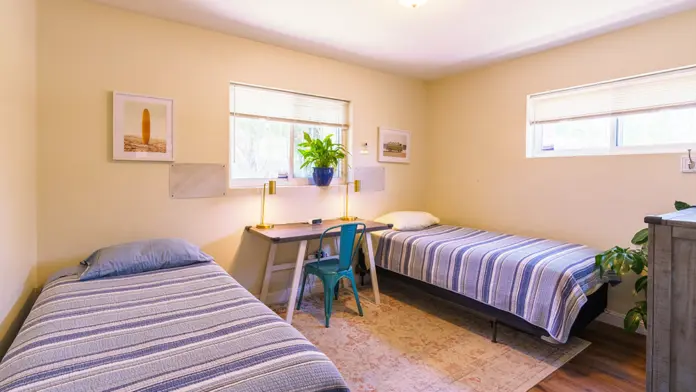
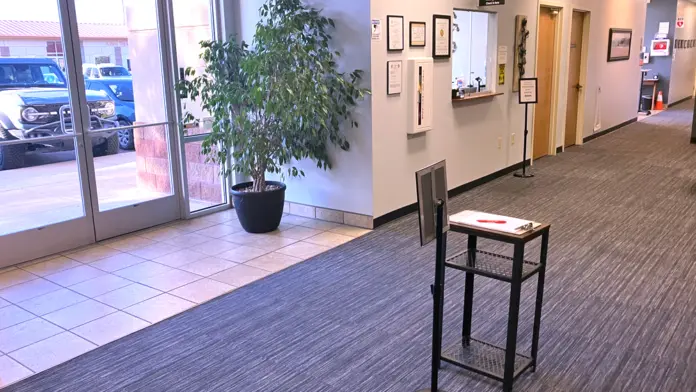

| |
Reign Residential Treatment CenterAd This is an ad and Reign Residential Treatment Center is a paid advertiser. Paid advertisers may be listed first in search results. This ad may contain content provided by the advertiser. Rehab.com does not verify ad content or any reviews that are displayed. Learn More 14320 Mustang Trail
Southwest Ranches, FL 33330
| Reign Residential Treatment Center provides treatment for mental health conditions and substance use disorders throughout South Florida. We provide premium outpatient and residential treatment that focuses on providing multiple levels of care depending on your needs. Your treatment program begins with a comprehensive assessment that forms the found | Treatments Programs Payment Options | View Website (754) 216-9440 | As a Licensed Clinical Psychologist from Harvard Medical School, I find Reign to provide a peaceful therapeutic setting that one needs in order to find inner peace and healing. Very dedicated staff and a small, intimate and safe environment. I highly recommend this hidden jewel.
DR BLAIR BARONE
8 months ago
Hello my name is Adam. I came to Reign about a month ago. I came from NJ and enrolled to the treatment center because I was struggling with some mental health symptoms that were unmanageable with life and needed assistance with getting myself back on track. The admissions team was so helpful and supportive, they were there when I was making my 22 hour drive. Jake, Benzi, Justin, and Morgan were so supportive on my drive. When I arrived at the facility and during the duration of my stay Corey the primary therapist was very friendly and welcoming. He wasn t like normal therapists where you would have your 30 min session and you re out but he gave me as much time as I needed and let me use my phone and make calls as much as I wanted to do. Then there was Brantley the operations manager and he Was just the absolute best. I developed a great friendship with him and every night we had a thing where we watch movies together. Gina was a great group facilitator and had very informative groups. Overall I had an amazing life changing experience,
Adam Ilbaher
9 months ago
Cory is a nice therapist and it is a nice place to stay
Dovid Katz
9 months ago
| 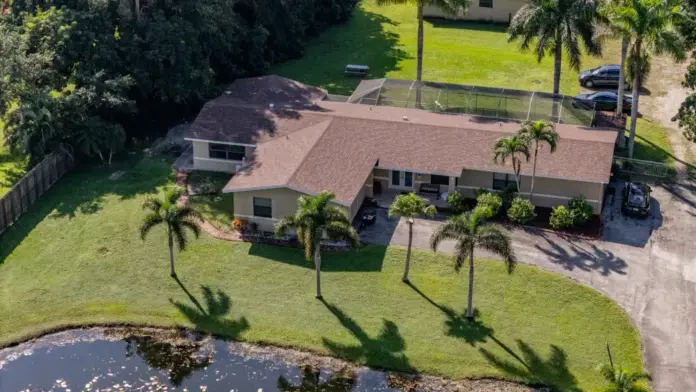
9 9 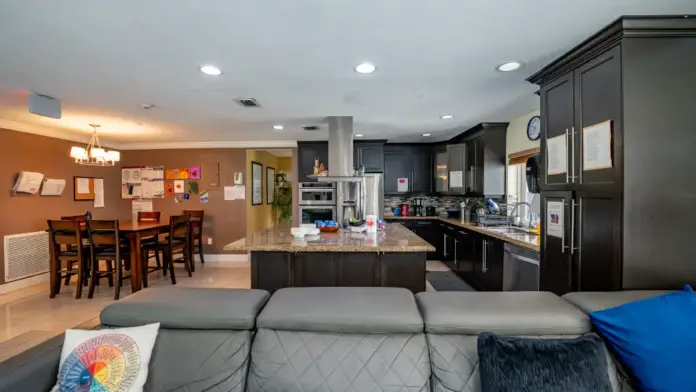
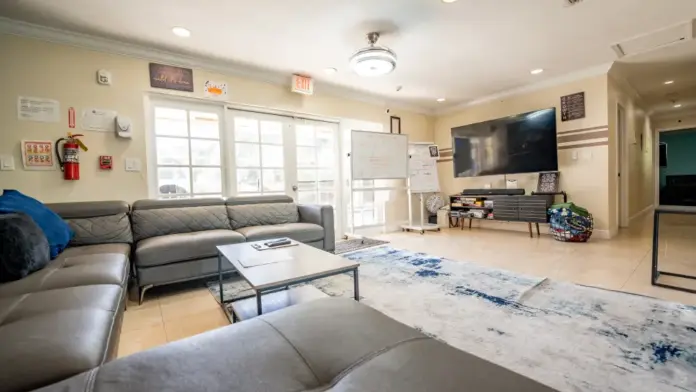


|
821 Fieldcrest Road
Cambridge, MD 21613
| Avenues Recovery Center is a residential rehab in Cambridge, Maryland. Avenues actually has several locations, but this is their Eastern Shore location. It’s a pretty large 104 bed rehab with a wide variety of therapies and services within a luxury setting. Avenues Recovery Center is a residential rehab in Cambridge, Maryland. Avenues actually ha | Treatments Programs Payment Options | I was a person that needed serious help for my addiction, so I got in contact with Avenue Recovery Cambridge and was not only accepted but they were able to provide me with transportation. At my arrival I was received at the front desk and was able see the nurse that helped me. Since then I knew I was at the right place, with staff that helped and educated me on my addiction. In all it’s a GREAT PLACE.
beto perez
2 months ago
Avenues was an incredible journey and I learned so much about myself and the disease of addiction. Latrell was an amazing counselor and the staff really do care about your well-being. I’m excited to be apart of the alumni program and share my story.
Lisa Mansueti
2 months ago
Avenues is a great place to start one s recovery journey! In my opinion, it s the best option for treatment. The staff actually care about the clients and are very supportive and willing to help in any way they can. Aftercare planning is an important part in staying clean after treatment and Avenues has staff for that as well! I have a little over 2 years clean!! My clean date is 11/18/22 and I appreciate Avenues for helping me find my way to long term recovery!! I am forever grateful for Avenues!!
Brian DeLair
2 months ago
| 
5 5 
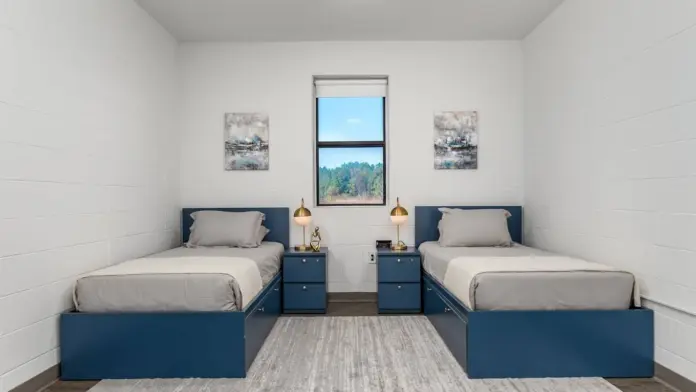
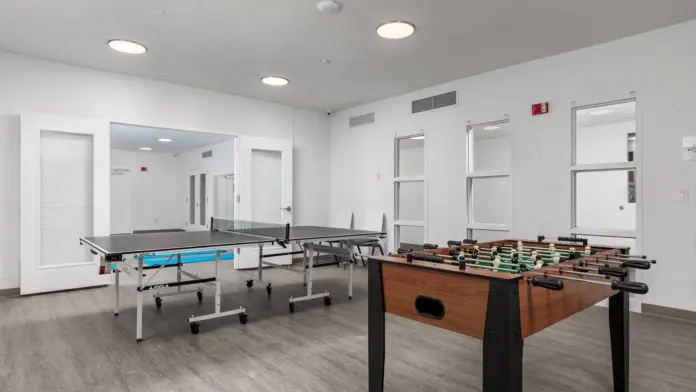
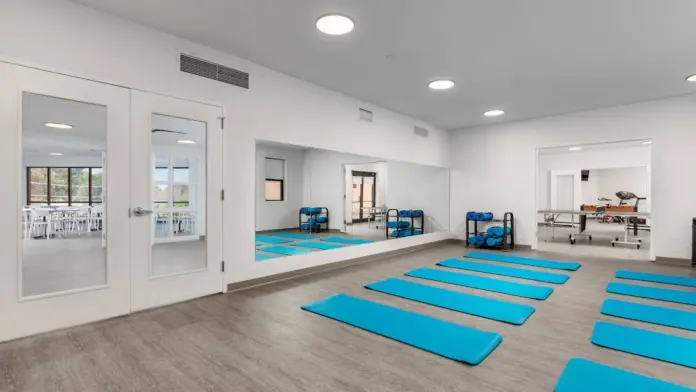
| |
3821 Marks Rd
Agoura Hills, CA 91301
| Hillcrest Adolescent Treatment Center is a drug and alcohol rehab in Agoura Hills, California. They provide residential addiction treatment and mental health care for teens. Hillcrest Adolescent Treatment Center is a drug and alcohol rehab in Agoura Hills, California. They provide residential addiction treatment and mental health care for teens. Th | Treatments Programs Payment Options | The treatment programs are comprehensive and they are an excellent center for teen recovery.
Heather Hunter
1 year ago
I don’t have enough good to say about this team. They really helped my kids when we hit a rough spot. One even started with a strained relationship with food. After some time and help from the Hillcrest team things have really improved for our family.
Dustin Mcdonald
1 year ago
If you want to be somewhere that goes above and beyond for their patients and has many different types of therapies, the place to go is Hillcrest Adolescent Treatment.
2 years ago
| 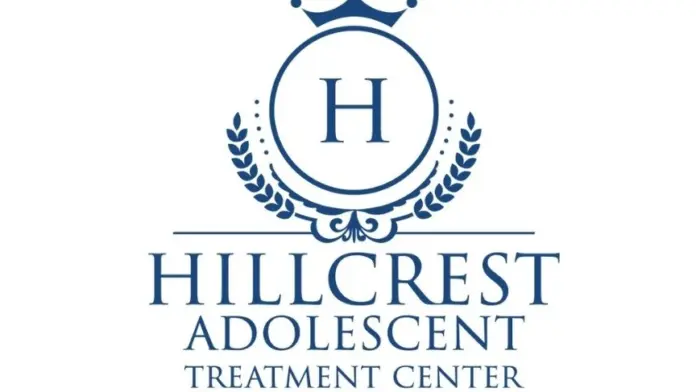
5 5 



| |
865 W 100 N
Hurricane, UT 84737
| Hope Rising Detox and Rehab provides substance use and mental health treatment in Hurricane, Utah. At this location they offer detox services only, but they can refer you to their other sites for residential and outpatient treatment. Here you’ll stay in a renovated home with a beautiful landscape located near Zion National Park. They accept many he | Treatments Programs Payment Options | Love this place.
Cyrus Aldred
1 year ago
Amazing they treat everyone like family! Love HopeRising Recovery
Cassi Barreras
1 year ago
This is the place that helped save my life. I had no where to go no one to turn to and thought that my life was over. Hope Rising gave me hope that there is a different way of life. I am so blessed to have this treatment in my life daily.
Courtney Borden
1 year ago
| 
5 5 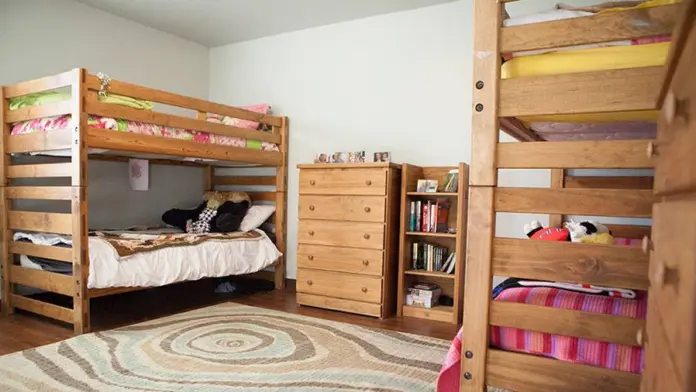
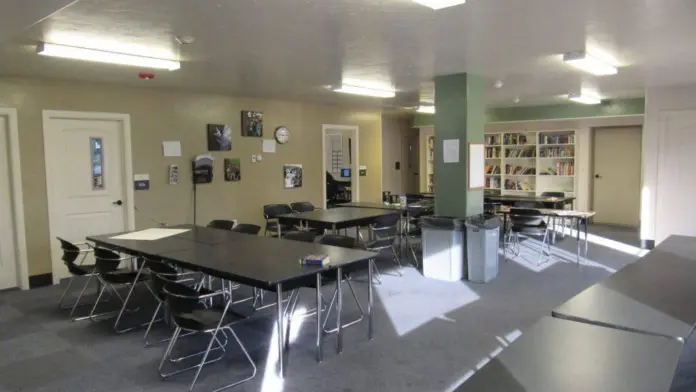

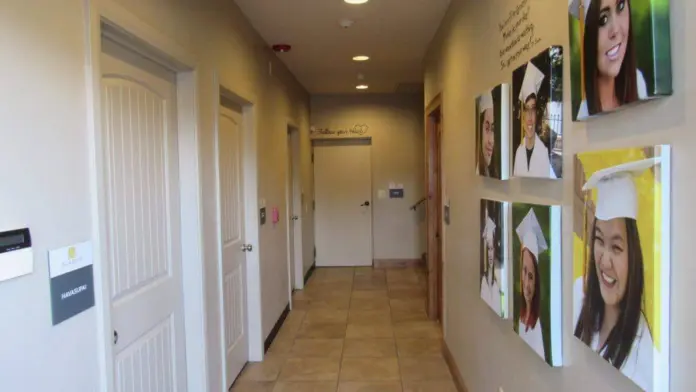
| |
Sanctuary Mental Health & WellnessAd This is an ad and Sanctuary Mental Health & Wellness is a paid advertiser. Paid advertisers may be listed first in search results. This ad may contain content provided by the advertiser. Rehab.com does not verify ad content or any reviews that are displayed. Learn More 11612 Chapman Highway
Seymour, TN 37865
| At Sanctuary Mental Health and Wellness we offer top-notch, evidence-based individualized treatment plans for men and women experiencing mental health conditions. The staff at our outpatient facility, located in Seymour, Tennessee, are here to help you understand your condition and create a future where you can manage your illness and lead a more f | Treatments Programs Payment Options | View Website (865) 214-1960 | My friend recently completed the PHP/IOP program in Seymour, TN, and I can’t say enough good things about the experience. The serene setting provided the perfect backdrop for healing, and the staff was compassionate, knowledgeable, and truly dedicated to my friend’s well-being. The program offered personalized care and practical tools that made a real difference in their mental health journey. I’m incredibly grateful for the positive impact this program had on my friend’s life and would highly recommend it to anyone seeking support.
roger leroy
3 months ago
I am incredibly grateful for the amazing staff at the PHP/IOP program in Seymour, TN. My friend received not only professional support but also genuine care and empathy throughout their journey. The team went above and beyond to ensure they felt heard, understood, and equipped to handle their mental health challenges. Thanks to the dedicated staff, my friend has made incredible strides toward healing. I truly can’t thank them enough for their unwavering support and for changing my friend’s life.
Tony Vavakas
3 months ago
Sanctuary has been a life saver. It helped me so much! The whole staff really cares about people. Sarah and her clinical team have been simply amazing. You can tell she cares, is knowledgeable about mental health issues and has compassion for everyone. I am grateful to have met her and gone through the program! Definitely recommend the Sanctuary team! ”
Angel Nuñez
4 months ago
| 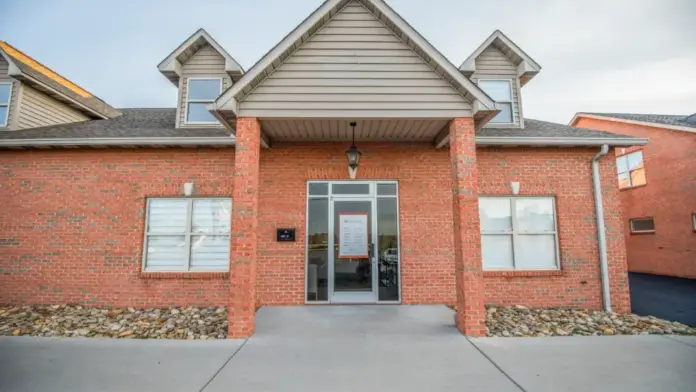
7 7 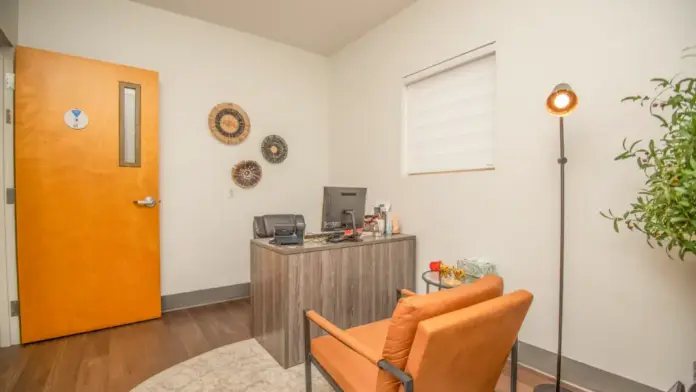
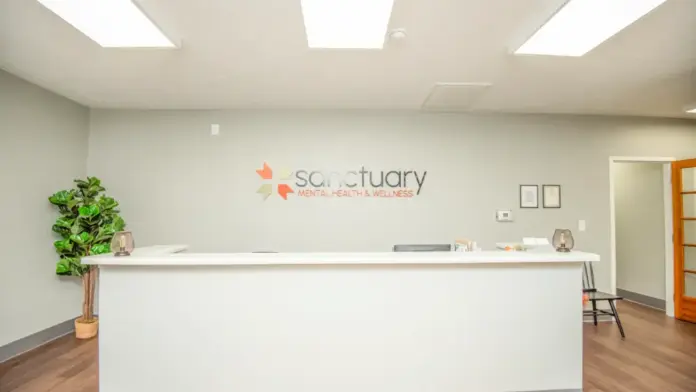
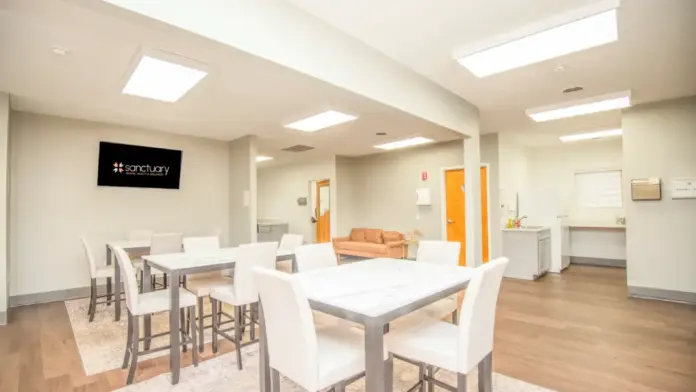
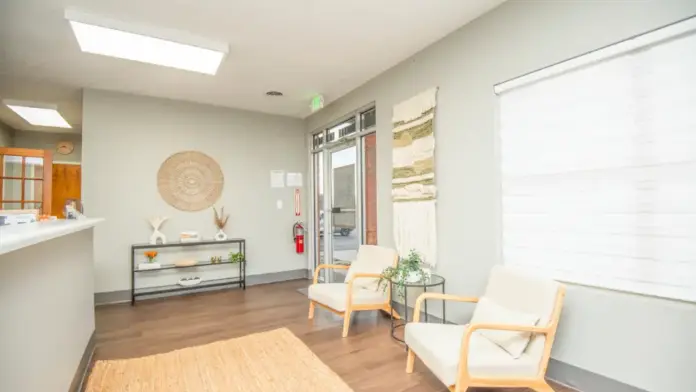
|
3822 Campus Dr
Suite 350
Newport Beach, CA 92660
| Casa Capri Recovery offers medical detox and dual-diagnosis residential alcohol and drug rehab to women aged 18 and older in Newport Beach, California. They offer an all-female professional staff, case management, and a wide variety of holistic treatment options, including equine therapy, soundbath, and psychodrama. Casa Capri Recovery offers medic | Treatments Programs Payment Options | Casa Capri as a great recovery program. I am leaving feeling confident in my addiction and how to manage it. The staff is amazing and will always be close to my heart.
Janine Tampon
2 months ago
Great staff, great environment!!! Had to go here twice and was welcomed both times! Highly recommend!!!!
Jasmine Marcrum
2 months ago
Skulls provided for sobriety and getting to the root of problem. Thank God For Casa Capri. You get what you put in <3
Sweet-Lealani Tollett
3 months ago
| 
5 5 



| |
10500 University Center Drive
Suite 215
Tampa, FL 33612
| We are dedicated to helping the residents of Tampa, FL, find a better way forward in life. Our team provides personalized addiction treatment in a flexible outpatient setting. Here, clients start the path to a lifetime of healing by addressing the underlying causes of addiction and regaining control of their lives. One of the best things about Soph | Treatments Programs Payment Options | it’s a very clean facility . Everyone is compassionate They make you feel comfortable and relaxed.
They cared about my needs calvin was very sincere and made me feel like a friend I was able to open up about my feelings.
Alien
1 month ago
The team at Sophros is phenomenal. My experience has been absolutely fantastic. I have learned so much and continue to grow as a person beyond expectations. Thank you to everyone at Sophros for being so amazing!
John A.
3 months ago
The amount of passion and support this team provides is clearly evident. Their location is beautiful and very welcoming. We love working with Linda and feel very comfortable referring patients to Sophros Recovery.
Luke Barnett
7 months ago
| 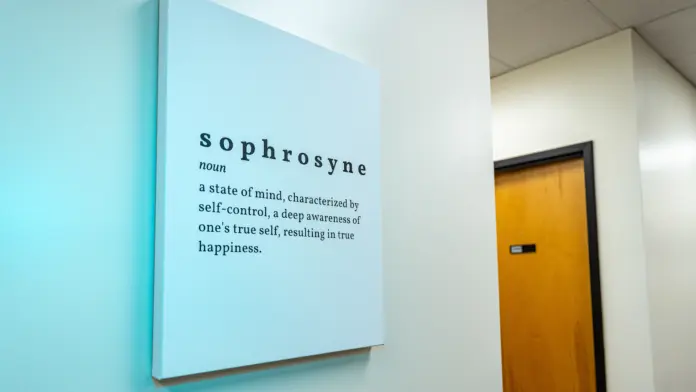
4 
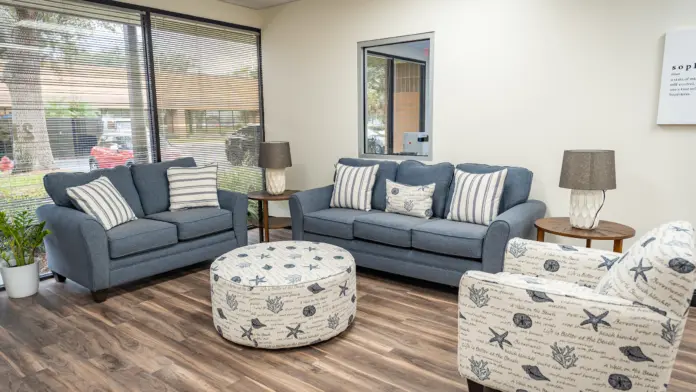
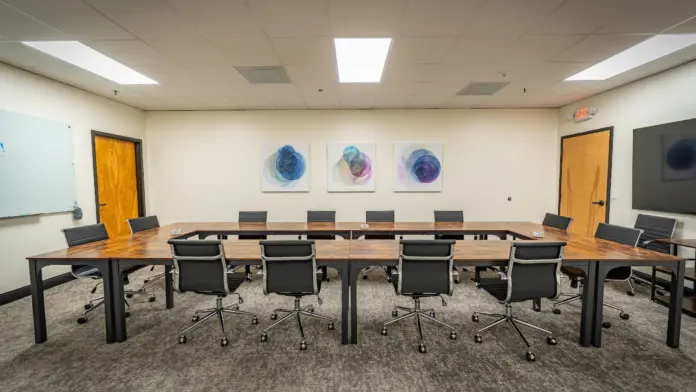
| |
900 Ridge Street
Stoughton, WI 53589
| Stoughton Hospital Association in Stoughton, Wisconsin, specializes in health care services including the treatment of behavioral and mental health issues. Levels of care include referral services, with support available for adolescents, young adults and of all ages. Stoughton Hospital Association in Stoughton, Wisconsin, specializes in health care | Treatments Programs Payment Options | The wait was short to get my service and my service provider was wonderful
Noel Anderson
2 months ago
Excellent and everyone was nice.
Anthony Bodie Jones Sr
2 months ago
We are so lucky to have such a wonderful hospital in our town! Everyone was professional, knowledgeable and kind.
Lisa Jackson
2 months ago
| 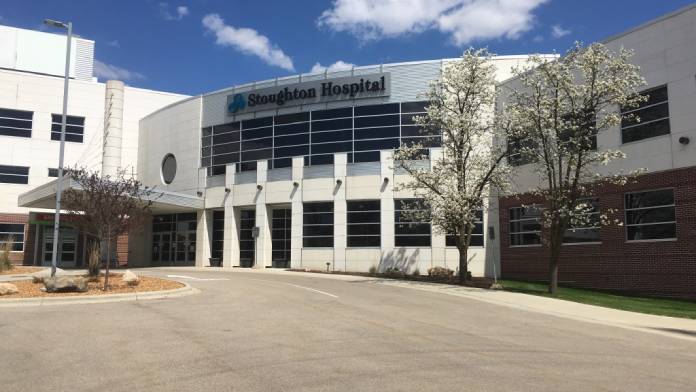
3 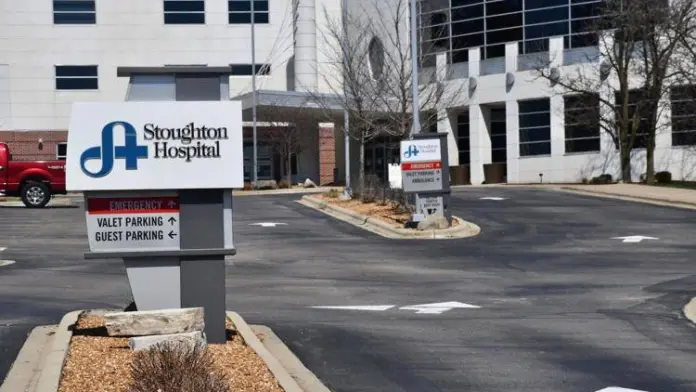
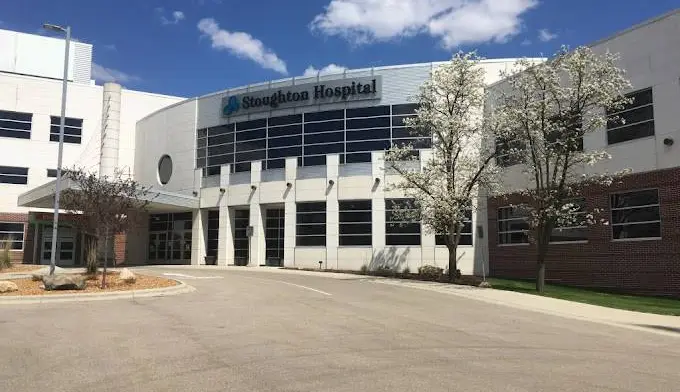
| |
3181 E 3350 N
Eden, UT 84310
| Spirit Mountain Recovery is a private facility located in Eden, Utah. Spirit Mountain Recovery specializes in the treatment of substance abuse, dual diagnosis, alcoholism and mental health. Our philosophy is to provide guidance and support in a consistent, compassionate and non-judgmental way to provide a positive environment for healing. Where Hop | Treatments Programs Payment Options | Spirit Mountain Recovery was nothing short of a life saver for me. Before arriving, I was the kind of guy who thought he knew everything, no one could tell me anything new or how I needed to live my life. But this place gently but powerfully shifted that mindset. Through their guidance, I’ve moved from someone stuck in his ways to someone who is open, growing, and learning every single day.
My experience at Spirit Mountain was fresh and a transformation. It wasn’t just another treatment program for me, it was a complete reset for my life. The environment, the staff, and the support system created a space where I could dig deep, challenge old beliefs, and start building a better version of myself.
Most importantly, Spirit Mountain didn’t just give me the tools for sobriety, they gave me tools to grow as a man and to deepen my spiritual life. Today I’m working everyday to walk a path that’s grounded in purpose and faith, and I’m incredibly grateful for the role this recovery center played in that journey.
Thank you, Spirit Mountain Recovery
Kyle Ballard
1 month ago
Spirit Mountain Recovery has brought joy and gratitude back into my life. I had been to seven treatment centers over the last twelve years prior to coming to SMR. It was explained to me before arriving that their style of programming is a little different than my experience in the past. It is not just a traditional 12-step program. They put in emphasis on experiential therapy that allows clients to get out in the beautiful Utah wilderness every week instead of sitting at the house day in and day out. This aspect of the program has allowed me to rediscover my passion for the outdoors and reignite the fire I had lost for hobbies such as hiking, snowboarding, pickle ball, going to the gym etc. They also give us the opportunity to meet and develop relationships with the local recovery community through going to meetings throughout the week. The staff made the experience for me during my four months I was there. Each staff member from the lowest level position all the up to the owner made themselves available at anytime when needed. It was clear that they all truly cared about each client and came always from a place of compassion and love. The staff to client relationships was unlike anything I’ve experience before in past treatment centers. Most of the staff are in recovery and majority of them are alumni of SMR, so being able to relate to them on a personal level came very easy. Honest recovery work requires a lot of vulnerability and the staff provides a very safe place for this to happen. They have been in the exact spot the clients are in during their recovery journeys so they fully understand the pain and sadness we feel in early sobriety. Lastly, SMR is not done with you when you leave the center. Between the monthly alumni meetings and calls from the staff to check-in, they really want to remain involved within our recovery journeys which allows those important relationships that were built to continue on. This is just another part of the program that separates them from others.
There will always be a special place in my heart for Spirit Mountain. I am forever grateful to this program and the people I met as a result. If you or a loved one is struggling with substance abuse, I highly recommend Spirit Mountain. You will be shown love, acceptance and compassion and will have the opportunity to build a foundation of recovery that can bring a life of peace and serenity that we loose when we are stuck in the pit of substance abuse. I wish I had found Spirit Mountain back in 2013 but am so glad I found it when I did. It changed my life and continues to better my life each and everyday.
Sumner Adams
3 months ago
It would be dramatic to say that Spirit Mountain Recovery saved my life, BUT they did provide the compass and leadership that lead me along the path to self discovery and healing I so desperately needed to actually begin living life. The staff are almost entirely in recovery themselves or have worked in that field for many years, and most of those in recovery (all but one FT staff member) went through Spirit Mountain. As such, they were not only qualified to light the way but have also lived the journey firsthand and so were able to easily see the pitfalls and challenges that inevitably present themselves and demonstrated daily how to navigate them effectively. All of the activities were ultimately based on learning to live a satisfying life of recovery–living with purpose and joy through connection, willing honesty, and discomfort (where growth happens) without the need for substances to alter what I am truly feeling and thinking in the moment. Being active is an important aspect of the experience at Spirit Mountain, and for me that was hugely beneficial because my additions sucked all of the pleasures of life from me, I no longer desired to do anything but feed the beast. I highly recommend considering Spirit Mountain Recovery if you desire to find out once again, or possibly for the first time, what life can and should be lived like.
D J
9 months ago
| 
6 6 



| |
22 West Carter Avenue
Sierra Madre, CA 91024
| Dedicato Treatment Center is located at the foothills of the San Gabriel Mountains in Sierra Madre, CA. Dedicato Treatment Center is a 6-bed treatment center that provides residential substance abuse treatment. Dedicato Treatment Center provides responsible and comprehensive substance abuse treatment that will enhance our patient’s ability to ach | Treatments Programs Payment Options | I felt lost, anxious, confused, and ashamed. But as soon as I stepped into DEDICATO they treated me with compassion and empathy, I wasn’t judged at all. I felt so at ease and comfortable. Dr. Marshall is very understanding he knows where I was coming from and he felt my pain. The staff treated me like family. The first person to greet you is Lilly with a smile and helps with any questions you might have, Kalen a staff member and a physical trainer is their by your side step by step. I call them the three wise men again Dr. Marshall keeps it real with me, that’s what I wanted honestly, by my side during my journey on recovery. I have David an awesome person has great group zoom meetings. Charles keeps it real also honest and humble, very understanding. I recommend this place to everyone and everybody who wants to change their lives and recover from any addiction. They will give you hope and become a better person.DEDICATO save me!Thank you DEDICATO for being there for me.
Miguel Chavez
3 months ago
HANDS DOWN the BEST program I’ve ever been to.I went there a few years back and I’ve been to several programs, and this one genuinely cares and IS NOT in it for the money. Dr.marshall is very professional and doesn’t just sit behind a desk + poures his heart out!
Deven Clark
5 months ago
Dr. Marshall is a prime example of fighting the odds and changing his life in a complete 180, inspirational in so many ways. I’m lucky to have the privilege to attend his classes at The Salvation Army and every time it is an exceptional lesson I learn. His story from having nothing to being successful in school, attaining multiple degrees in college, and opening up rehabs of his own shows his determination and will power to want change and better for himself and still try to help others. He has shown great resources and ways to be successful and it is extremely helpful to have a source like him to listen to and learn from. This smart, encouraging, and helpful human being, Dr. Marshall, has helped and is still helping lives daily by sharing his life story with passion and honesty and teaching lessons to help the ones still struggling in addiction. I’m thankful for his heartfelt and hopeful words that inspire me to be a better man and human being, the honest and sober way! – Julio Diaz
Julio Diaz
1 year ago
| 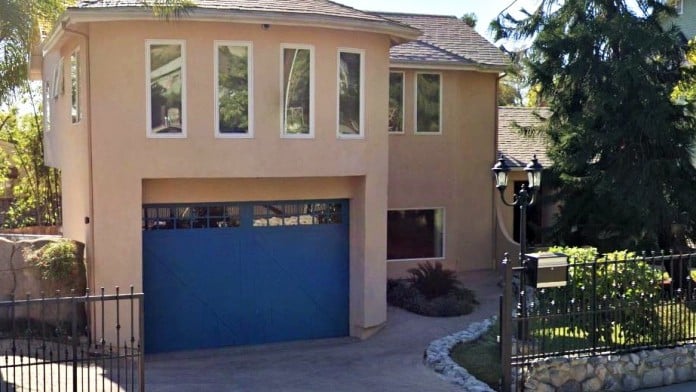
| |
22011 Ventura Blvd
Woodland Hills, CA 91367
| Warner Park Recovery Center, located in Woodland Hills, California, offers alcohol and drug rehab services, dual diagnosis treatment, and mental health treatment to adults aged 18 and older. Their broad continuum of care includes a partial hospitalization program (PHP), an intensive outpatient program (IOP), and traditional outpatient treatment. Th | Treatments Programs Payment Options | I am so grateful for everyone at Warner. I have never felt so loved, accepted, welcomed, and truly helped like I was here. From the moment I walked in, I knew I was in a place that genuinely cares. The support, compassion, and guidance I received were life changing. I will forever be thankful for the skills and tools I ve learned here things that will stay with me long after graduating. Warner not only helped me heal but also made the transition into the next phase of my journey so much smoother. Their continued support and guidance have been invaluable. Thank you for always understanding me. I will always remember this experience. & i appreciate you guys. Best Regards- Kassandra
Kassandra Escobar
3 months ago
Amazing program! They truly care and staff is a walking example of recovered gentleman and woman. Zach is amazing and goes above and beyond to make sure all the little things are handled so you can focus on your recovery! I would definitely send a loved one here and or return as a client! 100% positive experience.
Scott Cheshier
3 months ago
This is the best place I have ever been to for treatment! Thank you so much Zack and Isaias!! Words cannot express how grateful I am to you guys!! The facilitators are amazing! You guys have helped me so much and taught me so much. I literally feel at home with you guys!! Whenever I have anything going on, positive or negative, y’all are always the first I can’t wait to tell! Thank you for being such an amazing influence on the woman I have become!
Crystal
3 months ago
| 
4 


| |
3964 Hamilton Square Blvd
Groveport, OH 43125
| The Recovery Village Columbus Drug and Alcohol Rehab is a physician-led drug and alcohol treatment center providing evidence-based care for alcohol addiction, drug addiction, and co-occurring mental health conditions in Columbus, Ohio. Our rehab facility offers a full continuum of care, including medical detox, inpatient rehab, and outpatient progr | Treatments Programs Payment Options | I was very nervous when I first got inthere, but I was made to feel like I was in a safe place right away. Most of the staff are laid back, and easy to get along with. They show that they are willing to give you freedoms until you prove you are a danger to yourself or others. Do not do that and your time there should be pleasant and life changing. I honestly believe you get what you put in. So if you can become a part of the community, and share, honestly and openly about your experiences, fears, and feelings, just be real, and you will walk away with skills to help you manage your life , for the rest of your life. If you continue to practice them after you are discharged is up to you.
Angela Razidlo
2 months ago
The staff was very nice, helpful, and understanding. Went above and beyond what I would have expected to help me get into Treatment. And I am on my way now…. and can’t wait to get there !!
Scott
3 months ago
Some of the most AMAZING people I have ever had the chance of encountering. Super attentive and very intentional. They understand that it is DEEPER than just treatment. It’s about community and from what I see they have a strong one..My stay at this facility changed my life FOREVER…I can’t say enough about the staff and the way they constantly and consistently handled me on daily basis, with so much care..My life will forever be changed because of what I was able to learn there. If you are SERIOUS about your recovery then Recovery Village is definitely the place to be.. But make sure you are ABSOLUTELY SERIOUS about your recovery because if you’re not then the only person you’re gonna fool is YOU!!
Wendell James Sr
4 months ago
| 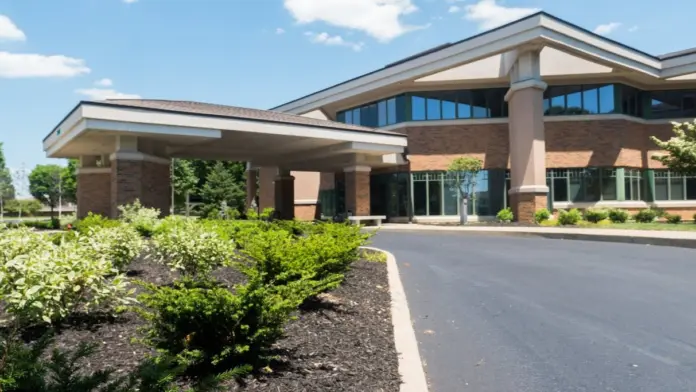
5 5 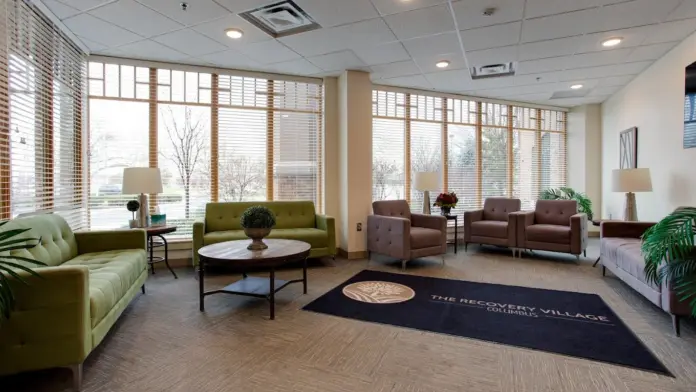
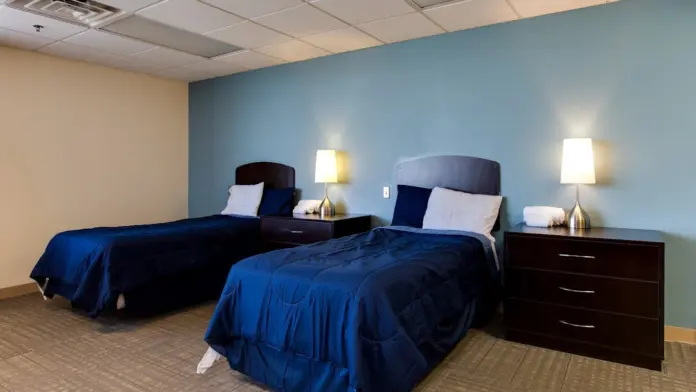
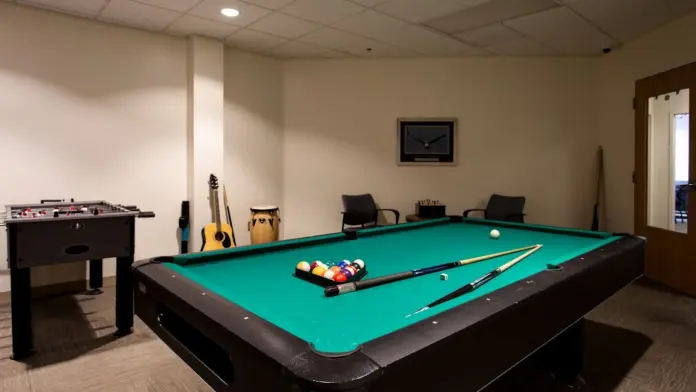
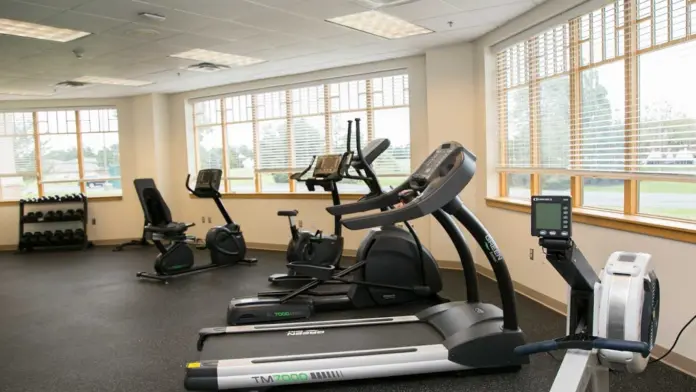
| |
1800 S Rutherford Blvd #103
Murfreesboro, TN 37130
| At Tulip Hill Recovery, we understand that your struggle is unique. We know that if you struggle with drug addiction, alcohol addiction, mental health, or a combination of the two, it can be extremely difficult. Tulip Hill is here to help you join the millions of Americans in active recovery. We bridge the gap between world-class clinical treatment | Treatments Programs Payment Options | I did not receive treatment here because my insurance was out of network, however Alex and Dustin reached out to a few other programs and got me hooked up with the right place. Alex knew what I was looking for and found an amazing place for me. I wasn t even his to worry about but I kept receiving calls from him untill he found the right place. It was so nice of him to care so much about a complete stranger. Though I couldn t go here I can tell they truly care about getting people better. I can t thank you enough Alex!
Mike Todd
3 months ago
An absolutely awesome staff and team! They have a huge heart for us. The bonds and community built there are very special to me. It’s a privilege to be alumni and be a part of the love and growth!
Robert Pugh
4 months ago
I have just completed 90 days here at Tulip Hill and I can honestly say this experience has been nothing short of life changing.If you are honestly looking to change your life for the better, Tulip Hill will provide you with the tools and education that can help jumpstart you on your path to becoming a better version of yourself. Tulip Hill s staff from the therapists, case managers and techs all genuinely care about the clients and want them to succeed in a very real and tangible way. From the moment I became a resident up until the completion of my treatment, there was not a need of mine that wasnt met. The group work is set in a very comfortable environment where true vulnerability can be displayed and each one of the therapists brings a unique and different approach that almost ensures that the client will find the help they need. This experience has put me on the right path for growth in so many areas of my life and has provided me with the tools to not only keep what Ive learned here, but continue to grow and improve in my daily life outside of treatment. I thank God for bringing me to this place and I can say with all of my heart that this experience will stay with me for the rest of my life. Thank you to all of the staff here at Tulip Hill for everything you have done for me.
Sage Floyd
4 months ago
| 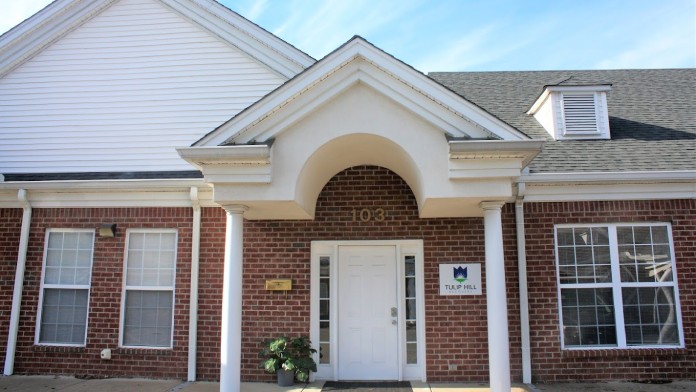
6 6 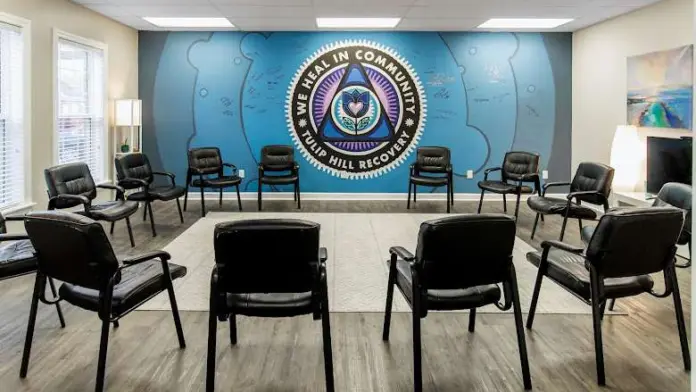

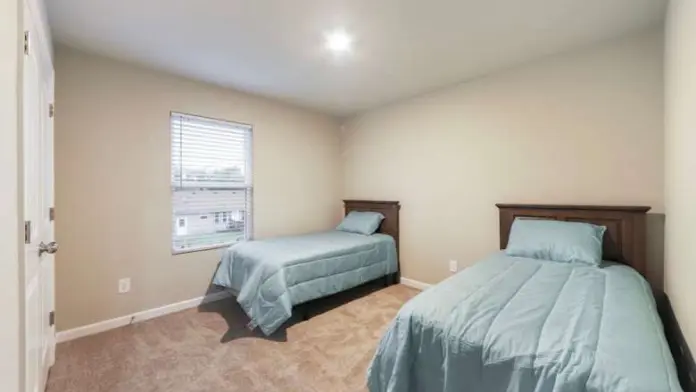

| |
3813 Via Del Campo
San Clemente, California 92673
| Ocean Ridge Treatment and Recovery is an executive treatment program set against the scenic ocean views of Southern California, offering personalized, private care for addiction and co-occurring mental health disorders. Their comprehensive approach includes a variety of evidence-based, non-12-Step therapies aimed at helping clients identify and add | Treatments Programs Payment Options | Overall one of the most caring and involved treatment facilities I’ve worked with. The staff cares so much and makes everyone feel so at home. Highly recommended for anyone looking for substance abuse or mental health treatment!
Nahal A
3 weeks ago
If you are sick and tired of addiction or suffer from mental health….. Ocean Ridge treatment center is heaven sent! A place where you can go and just focus on recovery. The staff know exactly what you are going through and they care. Hats off to the cook Tom . His food is definitely 5 stars!
Gabriel Martin
2 months ago
Ocean Ridge has been nothing but amazing. The staff really work with you on anything you need. Simon is definitely doing an amazing job on what he does! All clinical staff help with all treatments from mental health to addiction. I recommend this to anyone who needs treatment. I give more than 5 stars!! Thank you for everything Ocean Ridge
Crimson Kinnett
2 months ago
| 
| |
4344 W Indian School
Rd #22
Phoenix, AZ 85031
| At Cornerstone Healing Center we believe in helping people broken by addiction and/or Mental Health Issues heal their minds, body, and spirit. We create an environment where rapid and miraculous recovery can and does happen. Our vision is to provide a safe space for long-term recovery, combining passion, structure, soul-searching, and fun to change | Treatments Programs Payment Options | Great place for recovery. The staff is educated and supportive!
Taylor Smith
2 months ago
The facilities are updated and maintained very well. The staff from management to navigators were top notch. The therapists are authentically kind and extremely helpful as well as knowledgeable. I would recommend Cornerstone to anyone looking to improve their mental health and combat substance abuse issues. Thank you to all of the staff!!!
Jake Torkelson
2 months ago
Cornerstone provides a life-changing experience. The place is very clean, and the staff are very kind and educated.
Trap Taylor
2 months ago
| 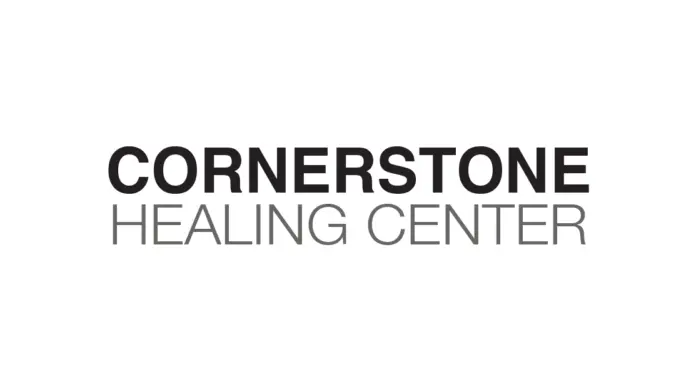
| |
210 Jamestown Park Rd
Suite 100
Brentwood, TN 37027
| Provive Wellness is a leading provider of mental health and substance abuse programming. Through personalized treatment and a comprehensive support system, we foster a healing and transformative environment for people on the path to recovery. Provive Wellness is a leading provider of mental health and substance abuse programming. Through personaliz | Treatments Programs Payment Options | I have just graduated from this program today. And what I have to say is, I am so grateful for Provive wellness, they have been apart of the programs that have saved my life. The staff has been extremely helpful and knowledgeable. Extremely organized and apart of the journey with you. If it wasn’t for me talking to Tracy and getting information, idk that I would have choose the program. Coming out of residential treatment I was scared to start all over again. But she walked me through all of the steps and her kindness settled my fear. And on day one clients were so welcoming and Cameron, the group facilitar and therapist, was so warm and welcoming. The way he thinks and the way he puts perspective out there was so impactful. My therapist Elisha, was so gentle with me and lead groups as well. She was so insightful and I’m so grateful that I got her. This place was life changing for me. Those who are struggling with their mental health, should consider coming to a Provive. When you feel lost, you will be found. And I was found here at Provive.
kathleen diaz
1 month ago
Provide is a wonderful place for healing. I’m really glad I got in touch with Chelsea. Great place and great people. Would definitely recommend!
Ashleigh Shipman
1 month ago
“This place has been so helpful and kind and my interaction with Chelsea has been great. I would recommend this place to anyone struggling with their mental health”
Lauren Ervin
1 month ago
| 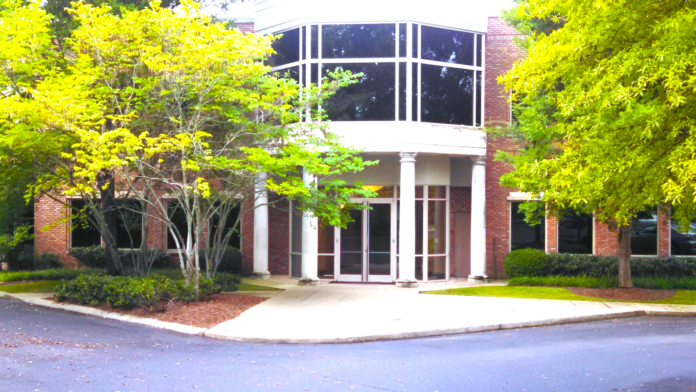
5 5 

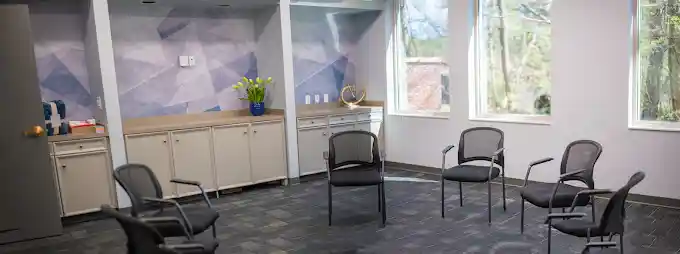

| |
16444 N 91st St
Building H
Scottsdale, AZ 85260
| Cornerstone Healing Center – Addiction & Mental Health Scottsdale is a Joint Commission accredited luxury rehab in Scottsdale, Arizona. With a dedication to creating a safe space for genuine human connection and healing, adults can participate in multiple levels of care at any stage in recovery. They offer outpatient and inpatient programs and pr | Treatments Programs Payment Options | My time at Cornerstone has been an experience which I can only describe as life changing. With the help of amazing therapists, navigators and friends in recovery I was able to begin my journey of self-love and service. I am beyond grateful.
Irving Mange
3 weeks ago
Cornerstone has changed my life forever. Before coming to them, I did not know where my life was going, and I was not in constant contact with God. They took great care of n me, challenged me, cared, and worked with my. The therapists are excellent and pushed me beyond what I realized I could accomplish. I thank them for the life that I have with God and my family.
Nicole
3 weeks ago
I recovered here. I love the program. Highly recommend others to seek help here.
Steven Tom
3 weeks ago
| 
5 5 

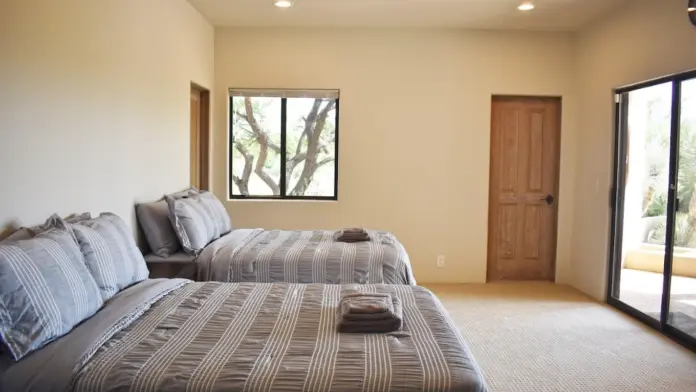
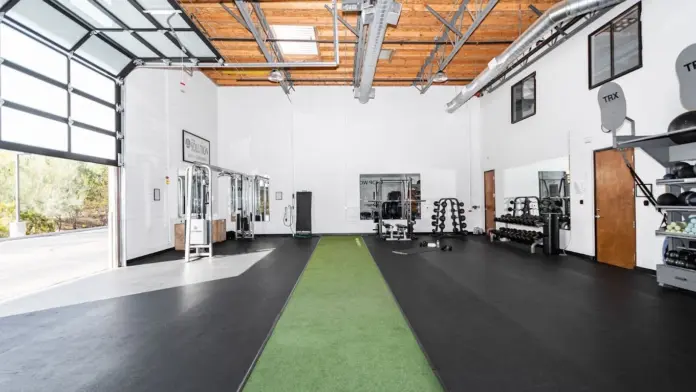
|



